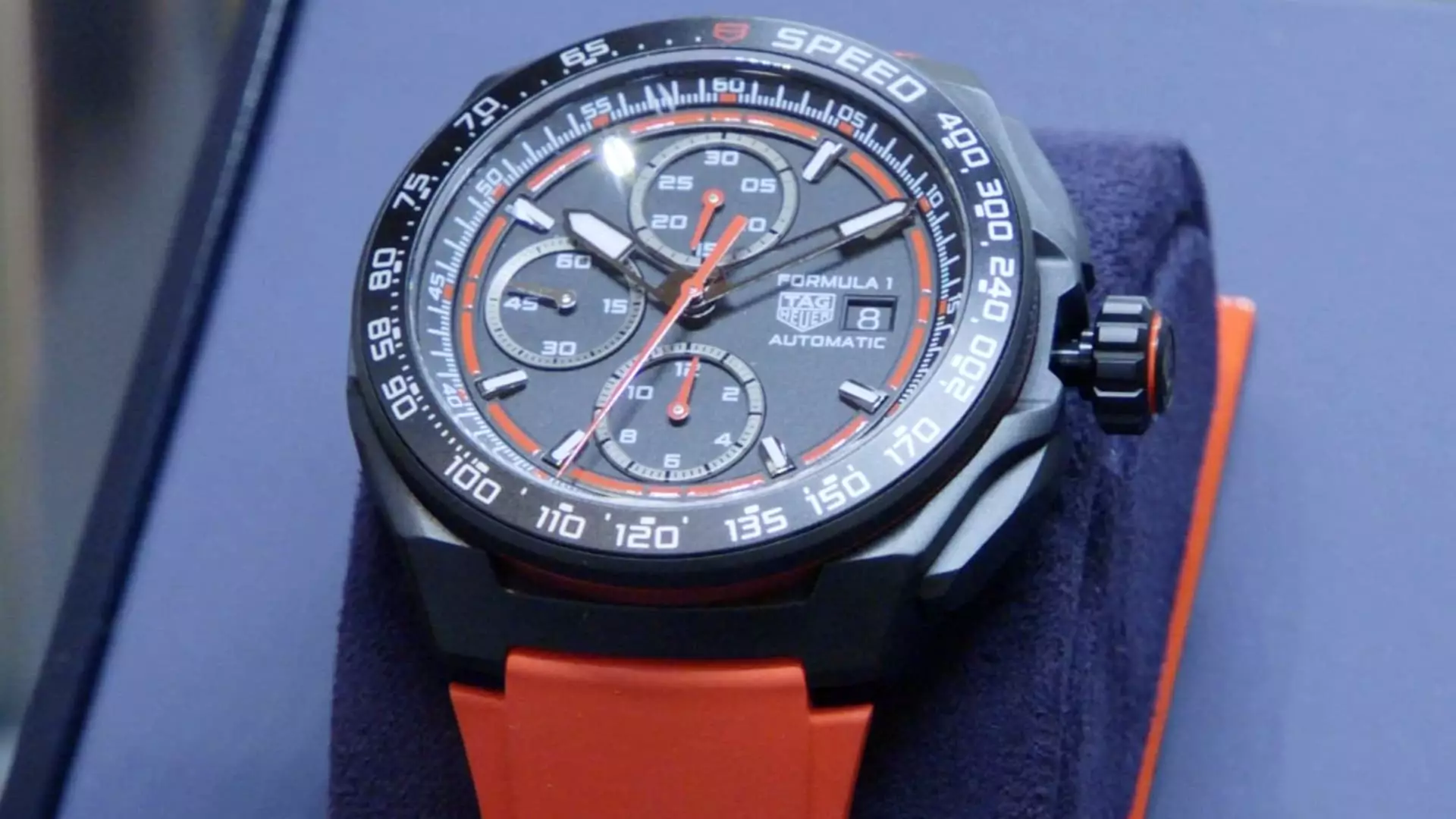LVMH, the luxury powerhouse, has recently reported a notable upturn in sales within its watches and jewelry division, signaling a potential end to the previous year of declines. In its latest earnings release, the company announced a promising 3% increase in this segment amidst broader financial turbulence faced by other divisions like fashion and leather goods, which registered a slight decrease of 1%. Interestingly, sectors such as wine and spirits experienced an even more significant decline of 8%. This revival, articulated by various brand CEOs during LVMH Watch Week in New York, paints a narrative of cautious optimism as they pivot towards 2025.
Despite encountering challenges in markets like China, LVMH’s executives are reporting a noticeable resurgence in consumer spending from the American market. The positive trajectory in luxury spending seems buoyed not just by economic factors but also by the psychological effects post-U.S. presidential elections. Executives, including Jean-Christophe Babin from Bulgari and Anthony Ledru from Tiffany & Co., stressed the importance of consumer confidence and the “feel-good factor” vital for luxury purchases. While they recognize the hurdles posed by potential U.S. tariffs on luxury goods, their focus remains firmly on innovation and gearing up for a revealing 2025.
To capitalize on the renewed consumer courage, LVMH brands are rolling out innovative and distinct product lines meant to capture the imagination of affluent customers. Noteworthy is Louis Vuitton’s introduction of the “Tambour Taiko Spin Time” collection, designed with inspiration from retro airport displays. This collection exemplifies how craftsmanship and creativity intersect to create unique offerings that not only serve functional purposes but also resonate with the luxury ethos.
In a strategic move, TAG Heuer announced a partnership with Formula 1, replacing Rolex as the official timekeeper. This collaboration has not only invigorated their brand identity but has also led to a surge in sales. The launch of a new Formula 1 watch collection reflects a broader marketing strategy that leverages high-profile partnerships, emphasizing the importance of aligning with aspirational events and cultural moments to catalyze growth.
Another facet contributing to the resurgence is the significant transformation within the Tiffany brand post-acquisition by LVMH. With a 9% increase in same-store sales reported, the refurbished flagship store on Fifth Avenue stands as a testament to the brand’s commitment to luxury. The high-end positioning of Tiffany’s products, particularly their “hardware” collection featuring jewelry with elevated price points, signifies the ongoing shift towards exclusive luxury experiences and product offerings that cater to a wealthier clientele.
Tiffany’s transformation underscores a strategic pivot that highlights the increasing purchasing power of women in luxury markets. This demographic shift is reshaping how luxury brands approach marketing and product development, with more women purchasing high-end jewelry for personal use rather than as gifts. This evolution denotes a broader cultural trend toward gender equality in spending and highlights the potential for luxury brands to expand their reach and appeal.
Market Adaptation: Navigating Tariffs and Global Dynamics
However, the luxury sector’s optimism faces potential turbulence from U.S. tariff policies, which create uncertainty, particularly for high-end watch producers relying heavily on Swiss craftsmanship. Although executives acknowledged the regularity of navigating tariff landscapes, they appear flexible and prepared to adapt their strategies accordingly. Notably, the interconnected nature of global consumer markets means that high-spending Americans may pivot to purchasing luxury goods abroad, particularly in Europe, if domestic prices become inflated due to tariffs.
As the luxury industry continues to evolve, brands under the LVMH umbrella are setting their sights on long-term visions, enhanced customer experiences, and high-quality offerings. This foresight, coupled with the reinvigorated consumer sentiment in the U.S., could lead to a remarkable recovery trajectory, reinforcing luxe status in global markets.
While the current landscape for luxury watches and jewelry indicates a rebound for LVMH, the overall market remains complex and fraught with challenges. The dynamism exhibited by LVMH brands shows that adaptability, creativity, and a focus on high-end customer experiences will be essential strategies moving forward. As these companies innovate and seek to capture emerging trends in consumer behavior, particularly regarding women’s purchasing power, their navigation of tariff implications and global demand shifts will certainly be pivotal in determining their sustained success in a competitive luxury market. The coming years may reveal how well LVMH can leverage these trends while addressing inherent challenges in the sector, crafting a future where luxury is not just about products but also about the narratives and connections crafted within an ever-evolving marketplace.

